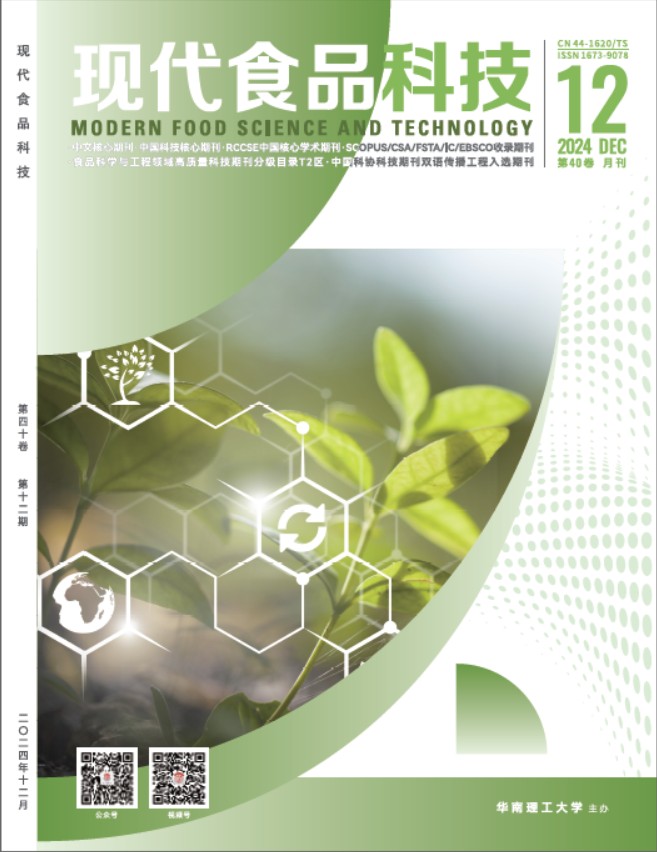Abstract:
To identify structures and differences in physiological activity of polysaccharides from different Hovenia dulcis tissues, three populations of H. dulcis polysaccharides (HDP), including whole fruit polysaccharides (HDPW), seed polysaccharides (HDPS) and peduncle polysaccharides (HDPP), were prepared using water extraction and alcohol precipitation. Their structures were analyzed using UV-Vis spectroscopy, high-performance size exclusion chromatography, ion exchange chromatography, Fourier transform infrared spectrometry, and scanning electron microscopy. All three HDP preparations comprised the acidic polysaccharides fucose, rhamnose, arabinose, galactose, glucose, mannose, galacturonic acid, and glucuronic acid in different molar ratios. HDPW, HDPS, and HDPP each eluted in size exclusion chromatography with three chromatographic peaks, and the low and medium molecular weight HDPS peaks (45.72×104~165.75×104 u) displayed higher molecular weights than those of HDPW (0.34×104~12.53×104 u) and HDPP (0.51×104~21.26×104 u). Infrared spectra showed that HDPW and HDPP contained α-glycosidic bonds, while HDPS contained β-glycosidic linked polysaccharides. The respective median inhibitory concentrations of HDP for DPPH free radicals, ABTS free radicals, and α-glucosidase were 0.015~0.043, 0.47~1.21, and 0.13~9.99 mg/mL. When the mass/volume concentrations of HDPW and HDPP were 0.1 mg/mL or above, the glucose consumption rate of insulin-resistant HepG2 cells (IR-HepG2) was significantly increased, with the highest increase compared with the model group being 7.66%. Compared with HDPS, HDPW was similar to HDPP in structure, and both showed better antioxidant and α-glucosidase inhibitory activity and stronger IR-HepG2 glucose uptake promotion ability. This study provides a theoretical basis and data supporting the comprehensive utilization of H. dulcis.

